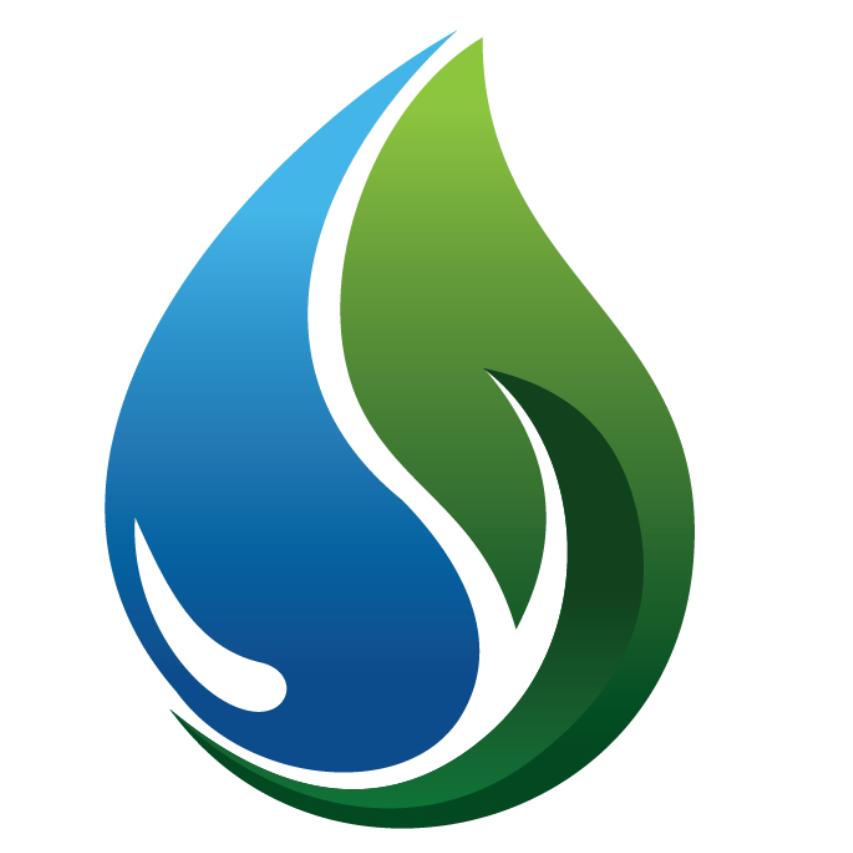
Clean water is essential for every home, but understanding the nuances of water filtration can be overwhelming. Different companies often use various terms to explain their systems, creating confusion for homeowners. This guide will help clarify the differences between filtration, conditioning, softening, and purification while explaining how combining these methods can deliver optimal water quality for your household.
Understanding Water Filtration, Conditioning, and Softening
Water treatment systems often have distinct functions, and the results depend on the type of filter, the levels of contamination, and the technology used. Here’s a breakdown of the most common systems and their processes:
Filtration: The Basics
Filtration systems typically use carbon filters or sediment filters to reduce specific contaminants. While effective for improving taste and removing chemicals like chlorine and chloramines, their performance depends on:
- Filter type and size
- Contamination levels in the existing water
Pros:
- Simple installation and low maintenance
- Affordable upfront cost
Cons:
- Results are minimal for hard minerals or heavy metals
- Filter lifespan is short, requiring replacement every 3–6 months
Conditioning: Taming Hard Water
Conditioning systems work to reduce the impact of hard water without removing minerals entirely. Hard water contains positively charged minerals, like calcium and magnesium, that cling to your fixtures and appliances. A conditioning filter:
- Reverses polarity, neutralizing the minerals’ charge.
- Breaks down minerals into smaller particles, slowing scale buildup.
Ideal For:
- Homeowners who want to minimize hard water damage without using salt.
- Those seeking a low-maintenance option, as these systems don’t require electricity or a drain.
Water Softeners: True Hard Water Removal
A water softener goes a step further than conditioning by removing hard minerals like calcium and magnesium through an ion exchange process. This swaps the hard minerals with softer ones, like sodium or potassium, and periodically regenerates using brine water to clean out the collected hardness.
Key Benefits:
- Prevents scaling in pipes and appliances
- Delivers soft water, ideal for bathing and cleaning
Note: Softened water is not the same as purified drinking water, as it doesn’t address dissolved solids or chemical contaminants.
Reverse Osmosis: True Purification
When it comes to water purification, reverse osmosis (RO) is the gold standard. RO systems push water through a series of pre-filters before forcing it through a fine nano-membrane that removes particles as small as 0.0001 microns—essentially letting only water molecules through.
Advantages:
- Removes up to 99.9% of contaminants, including dissolved solids, heavy metals, and microorganisms.
- Produces clean, pure drinking water.
Clarification: Some companies misuse terms like “purifier” for systems like softeners or whole-house filters. While these systems improve water quality, they don’t achieve the level of purification offered by reverse osmosis. Misleading claims can create false expectations, leading homeowners to unknowingly drink water with high levels of dissolved solids.
Combining Filtration, Conditioning, and Softening for Optimal Results
To maximize water quality, it’s best to combine different systems based on your needs:
Filtration + Conditioning
This approach removes sediments and chemicals like chlorine while minimizing hard water’s impact. It’s ideal for:
- Homes without access to a drain or electricity for water softeners.
- Families looking for a salt-free, low-maintenance solution.
Key Benefits:
- Minimal installation requirements.
- Greatly improves water quality for everyday use.
Filtration + Softening
Known as a water refiner, this method uses high-grade catalytic carbon media to filter out chemicals, followed by a softener to remove hard minerals. This combination:
- Delivers better-quality water for cleaning, bathing, and protecting appliances.
- Ensures that you benefit from both filtration and softening processes.
The Final Step: Reverse Osmosis for Drinking Water
After treating your home’s water for general use, passing it through a reverse osmosis system ensures your drinking water is as clean as possible. This dual approach distinguishes between:
- Usable water for cleaning and bathing.
- Life water for safe drinking and cooking.
Choosing the Right Partner for Water Treatment
A trustworthy water treatment provider should:
- Educate and Explain: Help you understand the differences between filtration, softening, and purification.
- Set Clear Expectations: Ensure you know the limitations of each system and the quality of water it delivers.
- Avoid Misleading Claims: Be upfront about whether your system delivers drinkable water from every tap or just improves general water quality.
Unfortunately, some companies overpromise and underdeliver, leaving homeowners disappointed when their “purified” water doesn’t meet expectations.
Final Thoughts
Water treatment isn’t one-size-fits-all. The best solution often involves a mix of filtration, conditioning, softening, and purification tailored to your needs. Whether you choose to pair filtration with conditioning for minimal maintenance or go all-in with a water refiner and reverse osmosis, it’s crucial to work with a knowledgeable provider who can guide you toward the right solution.
At Kiwi Water Systems, we’re committed to breaking down the complexities of water treatment so you can make an informed decision. Ready to transform your home’s water quality? Let’s start with a conversation about your needs!

Leave a Reply